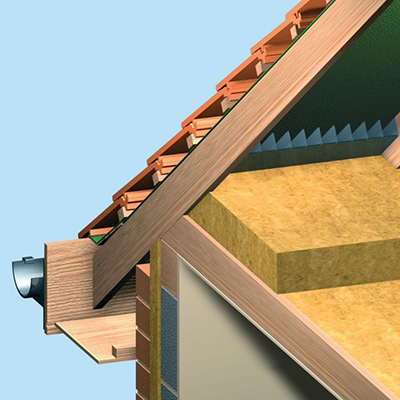If you’re researching different insulation options for a building project, you might be wondering, ‘what is mineral wool insulation anyway?’
Mineral wool insulation is a favourite choice for lots of reasons. It is cost-effective, easy to install, and offers high-performance energy efficiency.
Table of contents:
- What is mineral wool insulation made from?
- What is mineral wool insulation used for?
- Is mineral wool insulation effective?
- How is mineral wool installed?
What is mineral wool insulation made from?
Mineral wool insulation is made from raw materials which include stone and glass. The raw minerals are melted at high temperatures and spun into a fine texture resembling wool. This ‘wool’ is then compressed into batts or rolls.
What is mineral wool insulation used for?
Used for roofs, ceilings, interior walls, and floors, mineral wool insulation is a dense material compared to other types of insulation, such as fibreglass. This makes it an excellent choice for soundproofing.
Is mineral wool insulation effective?
Insulation effectiveness is measured in terms of ‘R-value’; the higher the R-value, the better the insulation. Mineral wool batts have an approx R-value of 3.1 – 3.4 per inch, but we recommend checking the supplier’s datasheet. Mineral wool insulation offers excellent fire resistance properties and withstands temperatures of up to 850 degrees. It’s also great in the case of water damage – unlike some of the alternatives, if mineral wool gets wet, once dried again it will continue to provide effective insulation.
 How is mineral wool installed?
How is mineral wool installed?
Contractors can install batts between rooms or in joist spaces between floors to reduce noise. Mineral wool insulation is used between timber and metal frames and doesn’t need any extra fittings.
Mineral wool insulation is popular because it is so easy to work with. Our customers tell us it is easier to use than other products such as fibreglass because it’s more rigid. It is also lightweight and stays in position just by pushing it into place, even on ceilings.
The batts can be marked and cut around pipes and other obstructions simply. As with all types of insulation, it’s best to protect skin and eyes with suitable clothing, dust mask, and goggles during installation.





